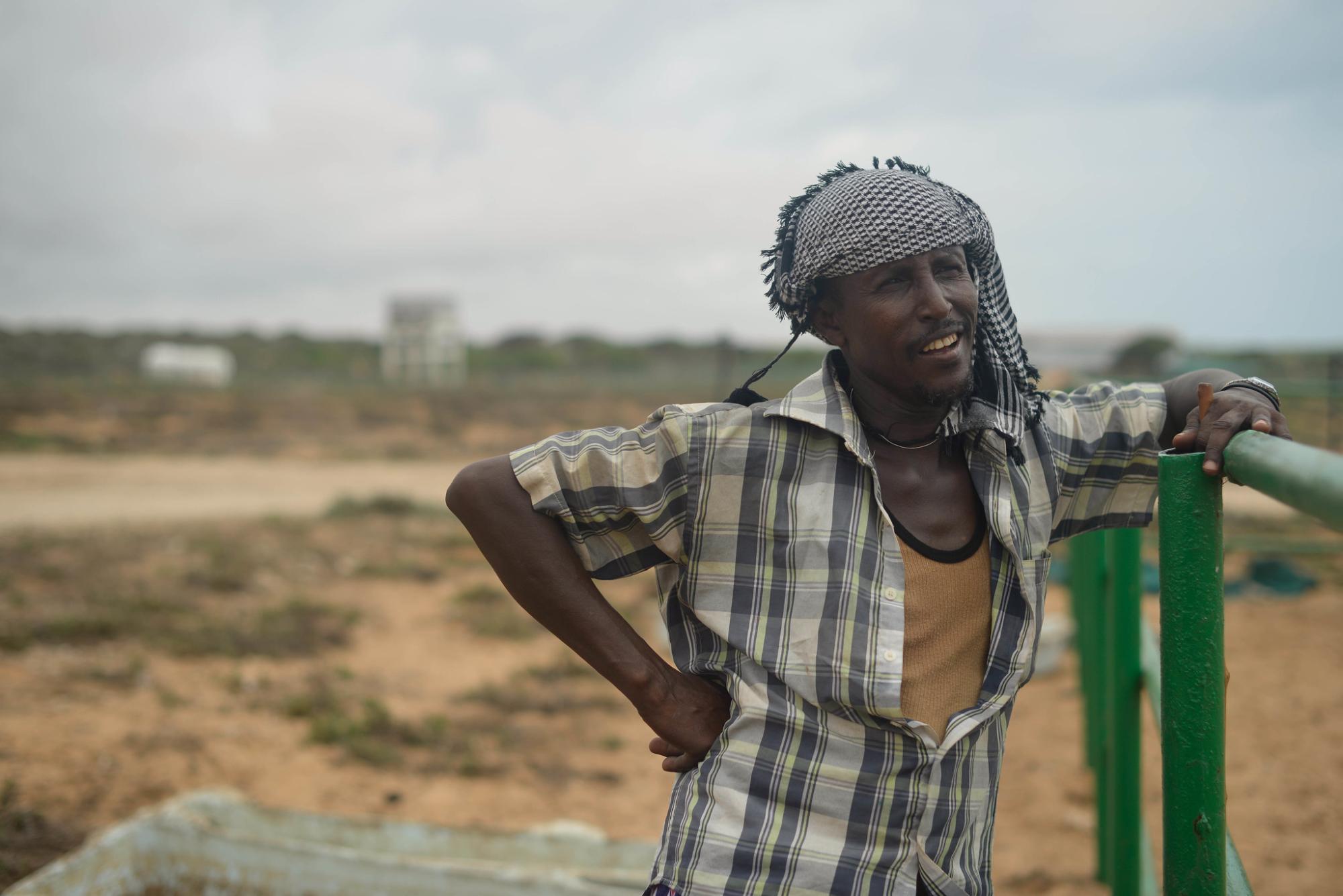Dossiers
COP29: Drought warnings save lives, what about livelihoods?
While it may be clear from a forecast when a good time to act might be, with regards to livelihoods it is never straightforward to decide what exactly should be done.
Éditeur The New Humanitarian

Advances in drought prediction mean that mass human fatalities have become much rarer these days. Sophisticated early warning systems generate forecasts that enable emergency relief to be provided in enough time to save lives in most cases.
This is no small victory.
But should the same systems be doing better at stimulating interventions that go a step further, protecting people’s livelihoods alongside their lives?
For many organisations and agencies operating in Africa, the answer is simple, obvious even. “Anticipatory action” is a form of aid intervention that increasingly aims to safeguard people’s subsistence early enough to head off catastrophe.
In sedentary agricultural contexts there is much evidence of success. From Ethiopia to Uganda, data-triggered protocols have reduced losses and helped determine where aid will be most urgently required with a reasonable degree of accuracy.
At this week’s COP29, we can expect these successes – and the potential they signify – to feature prominently in various side events and discussions.
The gathering in Baku, Azerbaijan, has been referred to as “the finance COP”. It’s seen by many as an opportunity to expand climate finance, grow the loss and damage fund, and get adaptation back on track.
Calls will no doubt be made for resources to be directed towards the institutionalisation of anticipatory action in various regions and countries, and its scaling-up in line with a more regular occurrence of climate change-related environmental disasters.
Continue reading the article here.